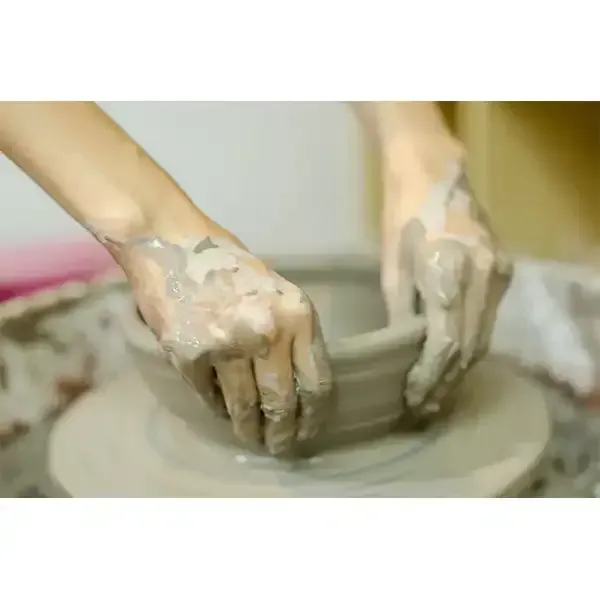Understanding Ceramic Tile Adhesives A Comprehensive Guide
Ceramic tiles have long been a favored choice in home and commercial décor due to their durability, aesthetic appeal, and versatility. However, the success of a tile installation largely depends on the type of adhesive used. In this article, we will explore the various types of ceramic tile adhesives, their applications, and tips for achieving the best results.
Types of Ceramic Tile Adhesives
Ceramic tile adhesives are primarily classified into three categories thin-set mortar, modified thin-set mortar, and mastic adhesives. Each of these has its advantages and suitability depending on the installation environment and type of tile.
1. Thin-Set Mortar This is the most commonly used adhesive for ceramic tiles. Thin-set mortar is a cement-based product that consists of a mixture of cement, sand, and water. It is ideal for setting tiles in both residential and commercial spaces, providing strong adhesion on walls and floors. Thin-set mortar is suitable for areas with minimal moisture exposure but may not be the best choice for wet environments.
2. Modified Thin-Set Mortar Similar to traditional thin-set, modified thin-set mortar includes additional polymers to enhance its performance. These adhesives provide better flexibility, moisture resistance, and strength, making them suitable for a wider array of installation conditions, including areas prone to fluctuations in temperature and humidity. They are particularly useful when setting larger tiles and can be used in wet environments like bathrooms and kitchens.
3. Mastic Adhesives Mastic is a premixed adhesive that comes ready-to-use in a bucket. It is typically recommended for wall tiles in dry areas, such as living rooms and some kitchens. Mastic adheres well and provides a strong bond; however, it is not suitable for wet areas or heavy traffic floors, as it does not have the same moisture resistance as thin-set products.
Choosing the Right Adhesive
When selecting the appropriate adhesive for your ceramic tile installation, consider the following factors
- Application Area For wet or high-moisture areas, such as bathrooms and outdoor spaces, modified thin-set mortar is the best choice. For dry indoor spaces, mastic can be a convenient option.
ceramic tile adhesive

- Tile Size and Weight Larger and heavier tiles require stronger adhesives, making modified thin-set the ideal choice
. Thin-set mortar should be used for standard-sized tiles.- Surface Compatibility Ensure that the adhesive you choose is compatible with the substrate. For instance, some adhesive products perform better on concrete surfaces while others are designed for drywall.
Application Tips
Achieving a flawless tile installation requires careful planning and execution. Here are some tips to help ensure success
- Surface Preparation Properly prepare the surface by ensuring it is clean, dry, and free of debris. Repair any cracks or imperfections to provide a stable foundation for the tiles.
- Mixing Adhesive Follow the manufacturer’s guidelines for mixing thin-set mortar or modified thin-set. Be cautious not to make the mixture too dry or too wet, as this can affect adherence.
- Applying the Adhesive Use a notched trowel to apply the adhesive evenly, ensuring proper coverage and a strong bond. The size of the trowel notch should correspond to the type and size of the tile being installed.
- Tile Placement After applying the adhesive, carefully place the tiles, pressing down gently to create a solid bond. Be sure to maintain even spacing for grout lines.
Conclusion
The right ceramic tile adhesive is crucial for a successful installation, influencing not only the bonding of the tiles but also their long-term performance. By understanding the different types of adhesives and following best practices for application, homeowners and contractors can achieve stunning, durable tile installations that enhance the beauty and functionality of any space. Investing time in the selection and application of the right adhesive will yield dividends in the longevity and appearance of your ceramic tiles.






